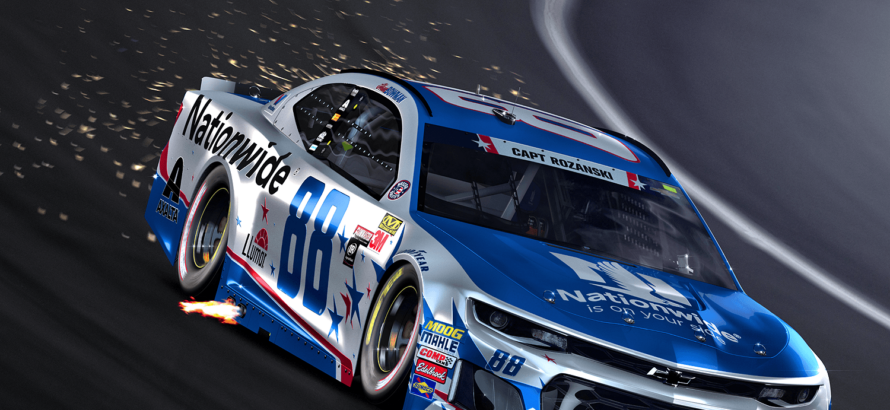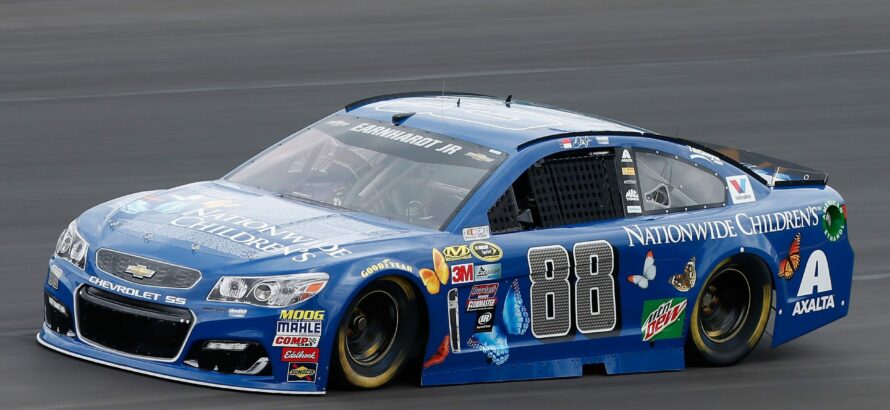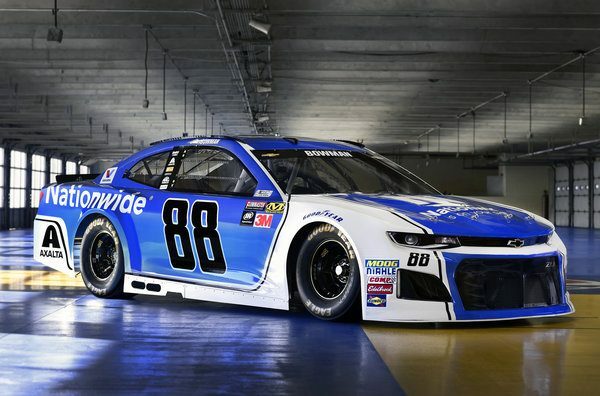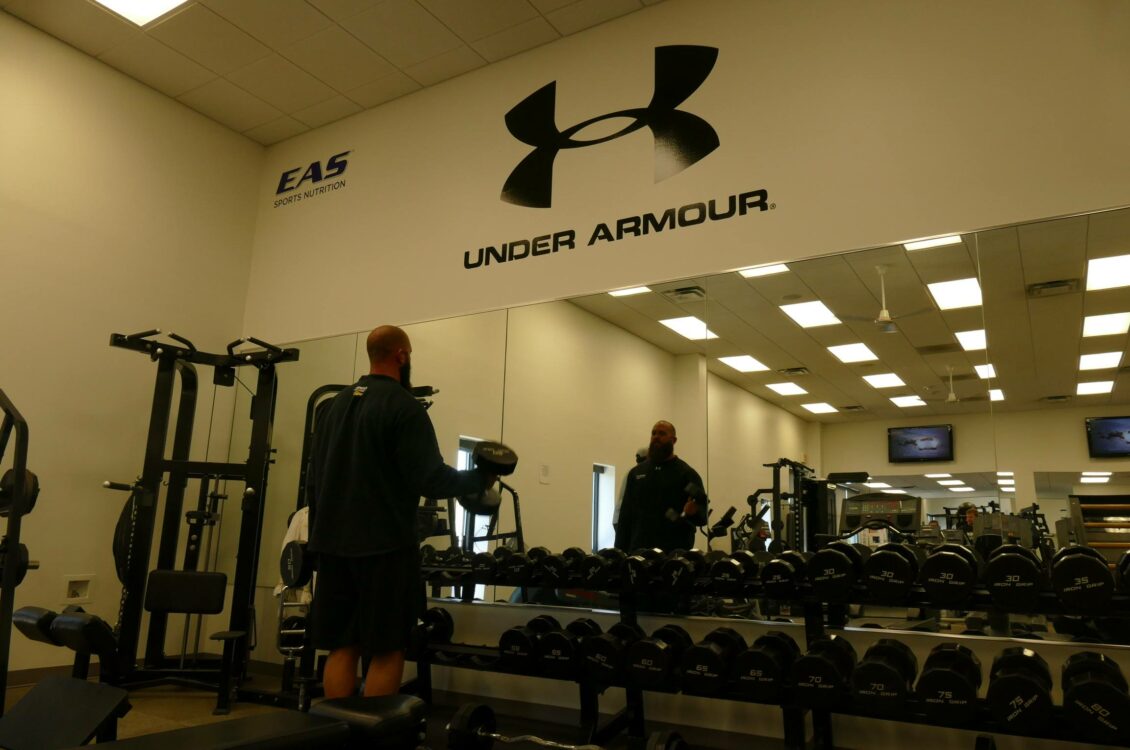
Pit crew members literally live on the front lines of racing action. On race day, drivers depend on them to jack up the car, change tires, refuel the car and get it back on the track in mere seconds. Those moments when they spring into action aren’t just expected; they’re practiced.
“The pit athlete is no different from any other athlete,” explains Mark Morrison, strength and conditioning coach for Hendrick Motorsports. “They are very electric, very agile, very explosive. As their coach, my role is to make sure they stay healthy and physically fit.”
Morrison, a former strength and conditioning coach for Florida State University, says that while skill is a crucial component of the job, it takes physical training and stamina to execute that skill.
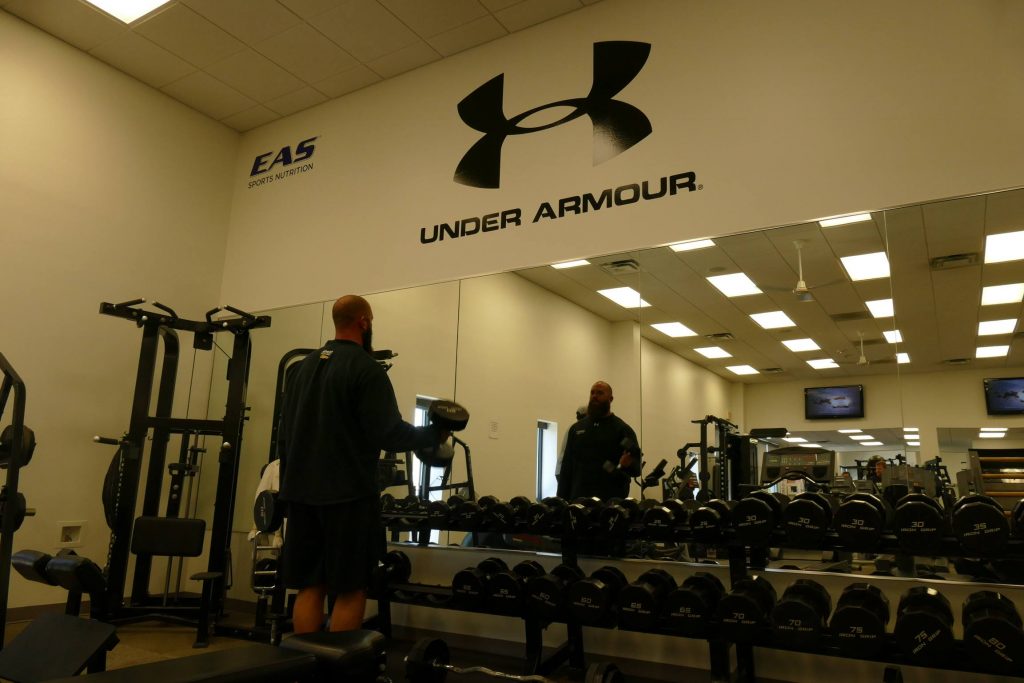
“Our season is very long and demanding,” he says. “You travel every weekend, which is hard on the body, and during the summer it’s very hot. So we place a premium on strength and conditioning.”
Prepping for the season
The kind of training done by the pit crew varies with the time of year. Morrison says that in January and February, they work out with a weight regimen that uses 10 to 12 reps. Once they have completed four weeks of that training, they change to another progression with heavier weights and fewer reps, usually six to eight reps. After completing that, they switch to a third weight progression, and by mid-May they’re ready to begin another critical aspect of preparation: heat training.
“By then, it’s time to get out of the air-conditioned weight room. But you have to do it progressively to let them acclimate to the heat. You don’t start with a 40-minute session; you start by being outside for 15 minutes and build up to it.”
Pit crew members work out at different stations, and initially there may be as few as four workout stations for them. By the end of the season, they’re up to 12 or 15 stations and are acclimated to spending 40 or 45 minutes working out in the heat.
“There are a lot of hot tracks – like Daytona in July – and if you’re not acclimated to working in that kind of heat, it affects your coordination, accuracy and decision making,” Morrison says. “As it goes on, it can affect your vision, your perception and you can become very fatigued. It can have a very negative effect on your performance, but if you train for it, you can minimize those effects.”
Springing into action
On race days, all that practice and conditioning gets put to good use. Morrison says that, from a neural perspective, pit athletes are on high alert and each time there’s a pit stop, they experience a rush of cortisol and adrenaline. Those bursts and drops, combined with the overall physical exertion of the race, leave them fatigued on Monday morning.
“Monday is what we call a regeneration or recovery day,” Morrison says. “It’s not a muscle-loading day and we don’t do any weight lifting. We may have a yoga instructor come in, or the strength training staff may work with them on mobility or stretching.”
They resume a weight training schedule on Tuesday, Wednesday and Thursday, then have Friday and Saturday off.
“Once you see what a pit crew does, and what goes into their job, you realize it’s like any other sport,” Morrison says. “They’re athletes who have to train for it to stay at their peak.”
Want more NASCAR? Check out this video of what it’s like at a NASCAR pit crew practice session.

